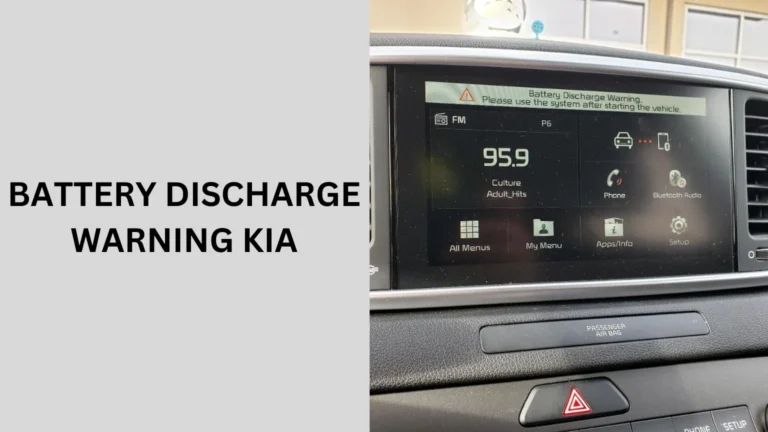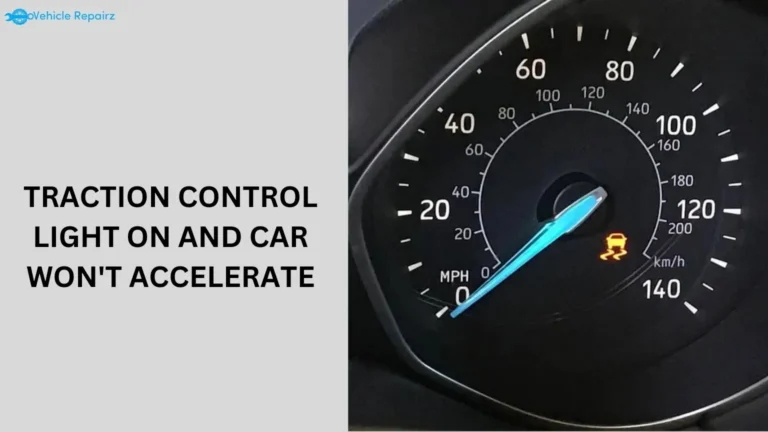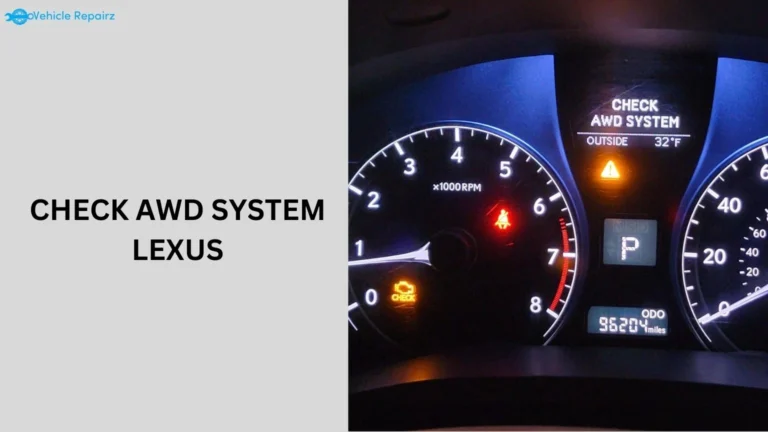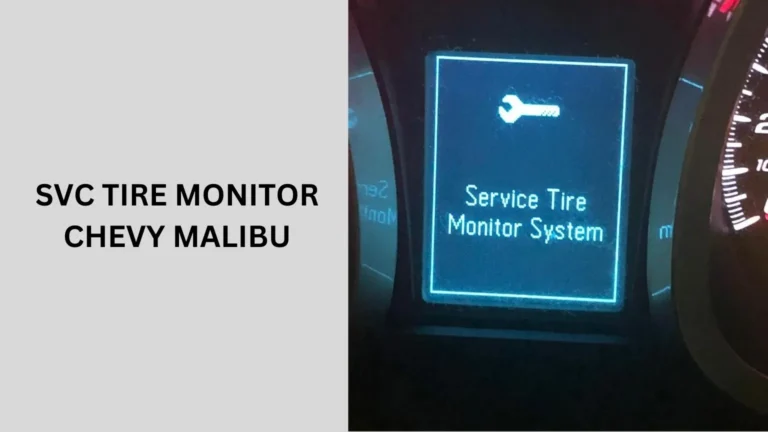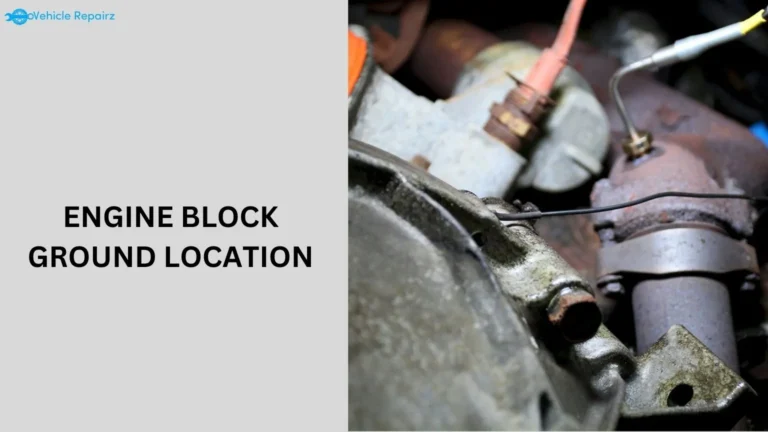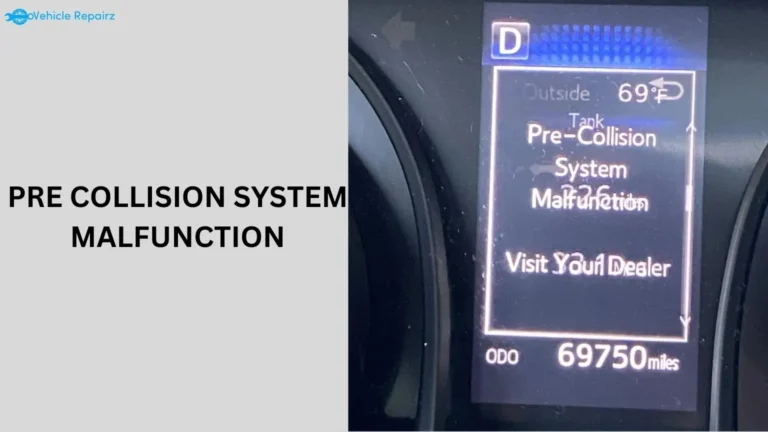TPMS Error Nissan Altima: Understanding and Fixing the Issue
If you own a Nissan Altima, you’ve probably seen the TPMS (Tire Pressure Monitoring System) error message pop up on your dashboard. This warning indicates that there’s a problem with one or more of your tires.
TPMS Error Nissan Altima, In this article, we’ll dive deep into what a TPMS error means, common causes, and how you can resolve it.
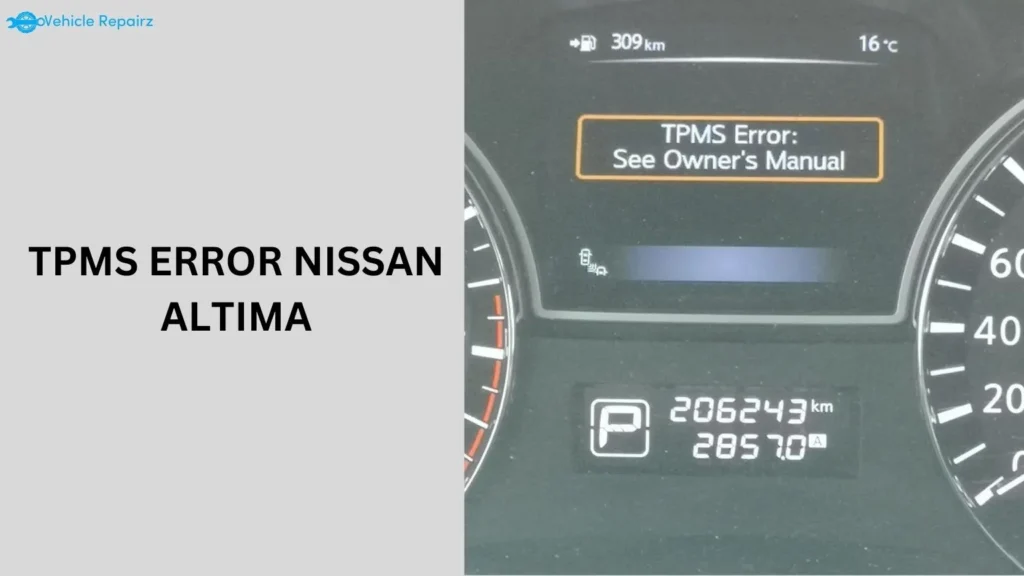
What is TPMS?
The Tire Pressure Monitoring System (TPMS) is a safety feature found in many modern vehicles.
Its primary purpose is to alert drivers when a tire’s pressure is dangerously low. Here’s a breakdown of how it works and why it’s important:
Understanding the Tire Pressure Monitoring System
The Tire Pressure Monitoring System (TPMS) is a safety feature in modern vehicles designed to alert you when your tire pressure is too low.
Low tire pressure can lead to reduced fuel efficiency, uneven tire wear, and even blowouts.
TPMS uses sensors located in each tire to monitor pressure levels and send this information to your car’s onboard computer system.
Common Causes of TPMS Error Nissan Altima
If you see a TPMS (Tire Pressure Monitoring System) error light on your Nissan Altima’s dashboard, it’s important to understand the potential causes.
Here are some common reasons for a TPMS error:
1. Low Tire Pressure
One of the most common reasons for a TPMS error is simply low tire pressure. If your tire pressure drops below the recommended level, the TPMS will trigger a warning. Regularly checking and maintaining the correct tire pressure can help prevent this issue.
2. Faulty TPMS Sensor
Each tire has a TPMS sensor that can sometimes malfunction. If a sensor fails, it might not send accurate pressure readings to the system, leading to a TPMS error message. Replacing the faulty sensor is usually the solution.
3. Temperature Changes
Extreme temperature changes can affect tire pressure. In cold weather, tire pressure decreases, which can trigger the TPMS warning. If you notice the TPMS light on during a cold snap, it might be a temporary issue that resolves as the temperature rises.
4. Tire Replacement or Rotation
If you’ve recently replaced or rotated your tires, the TPMS may need to be recalibrated. When tires are changed, the system may not immediately recognize the new tires, causing the TPMS error. Recalibrating the system usually resolves this issue.
How to Fix TPMS Error in Nissan Altima
If your Nissan Altima’s dashboard displays a TPMS (Tire Pressure Monitoring System) error, there are several steps you can take to address and resolve the issue.
Here’s a guide to help you fix the TPMS error:
1. Check and Adjust Tire Pressure
The first step in addressing a TPMS error is to check the tire pressure in all four tires. You can use a tire pressure gauge to ensure that each tire is inflated to the manufacturer’s recommended level. If any tire is under-inflated, inflate it to the correct pressure.
2. Reset the TPMS
After adjusting the tire pressure, you may need to reset the TPMS. In many Nissan Altima models, you can do this by pressing the TPMS reset button located under the steering wheel or in the glove compartment.
Refer to your owner’s manual for the exact location and instructions for your specific model.
3. Replace Faulty Sensors
If adjusting the tire pressure and resetting the TPMS doesn’t resolve the issue, you might need to replace a faulty TPMS sensor.
This usually requires professional help. A mechanic or tire specialist can diagnose and replace the defective sensor.
4. Visit a Professional
If you’re unable to resolve the TPMS error on your own, it’s best to visit a professional. A certified mechanic can perform a thorough inspection and repair or replace any damaged components in the TPMS system.
Preventing Future TPMS Errors
To minimize the chances of encountering TPMS (Tire Pressure Monitoring System) errors in your Nissan Altima, it’s important to implement some preventive measures.
Here are key steps you can take to keep your TPMS functioning smoothly:
Regular Maintenance
To prevent future TPMS errors, make it a habit to regularly check your tire pressure, especially during seasonal changes.
Keeping your tires properly inflated not only helps avoid TPMS issues but also ensures better vehicle performance and safety.
Timely Tire Service
Ensure that you get your tires serviced and rotated according to your vehicle’s maintenance schedule. Proper tire maintenance can prevent many TPMS-related problems and extend the life of your tires.
People also ask
What does TPMS error mean on Nissan Altima?
A TPMS error on a Nissan Altima means that the Tire Pressure Monitoring System has detected an issue with one or more tires.
This could be due to low tire pressure, a faulty sensor, or other related problems.
The error alerts you to check and correct tire pressure or seek professional assistance if needed.
How do I fix my TPMS sensor error?
To fix a TPMS sensor error:
Check Tire Pressure: Ensure all tires are properly inflated to the recommended levels.
Reset TPMS: Use the reset button (usually found under the steering wheel) to recalibrate the system.
Replace Faulty Sensors: If the issue persists, have a mechanic diagnose and replace any malfunctioning TPMS sensors.
Where is the TPMS reset button on a Nissan Altima?
The TPMS reset button on a Nissan Altima is typically located under the steering wheel, near the lower dash area. Look for a small button labeled “TPMS” or “Reset.” Consult your owner’s manual for the exact location of your specific model.
Is it safe to drive with a TPMS error?
Driving with a TPMS error is not ideal, as it indicates a potential issue with your tires.
It’s best to address the error promptly by checking tire pressure and having any necessary repairs made to ensure your safety on the road.
Conclusion
In Conclusion, Understanding and addressing TPMS Error Nissan Altima is crucial for maintaining optimal vehicle performance and safety.
By regularly checking your tire pressure, resetting the TPMS, and seeking professional help when needed, you can ensure that your vehicle remains in top shape.
Remember, a little maintenance goes a long way in keeping your car running smoothly and safely.

